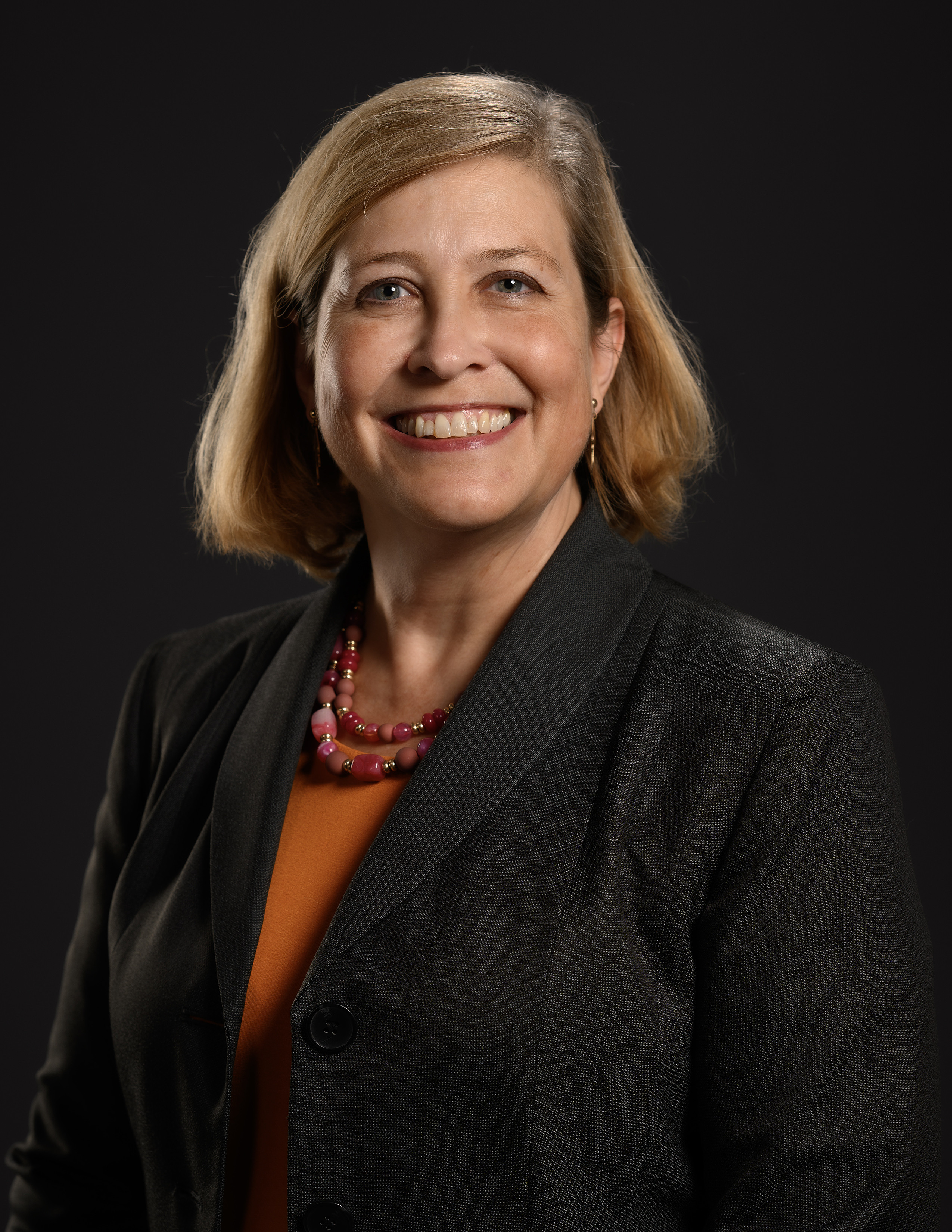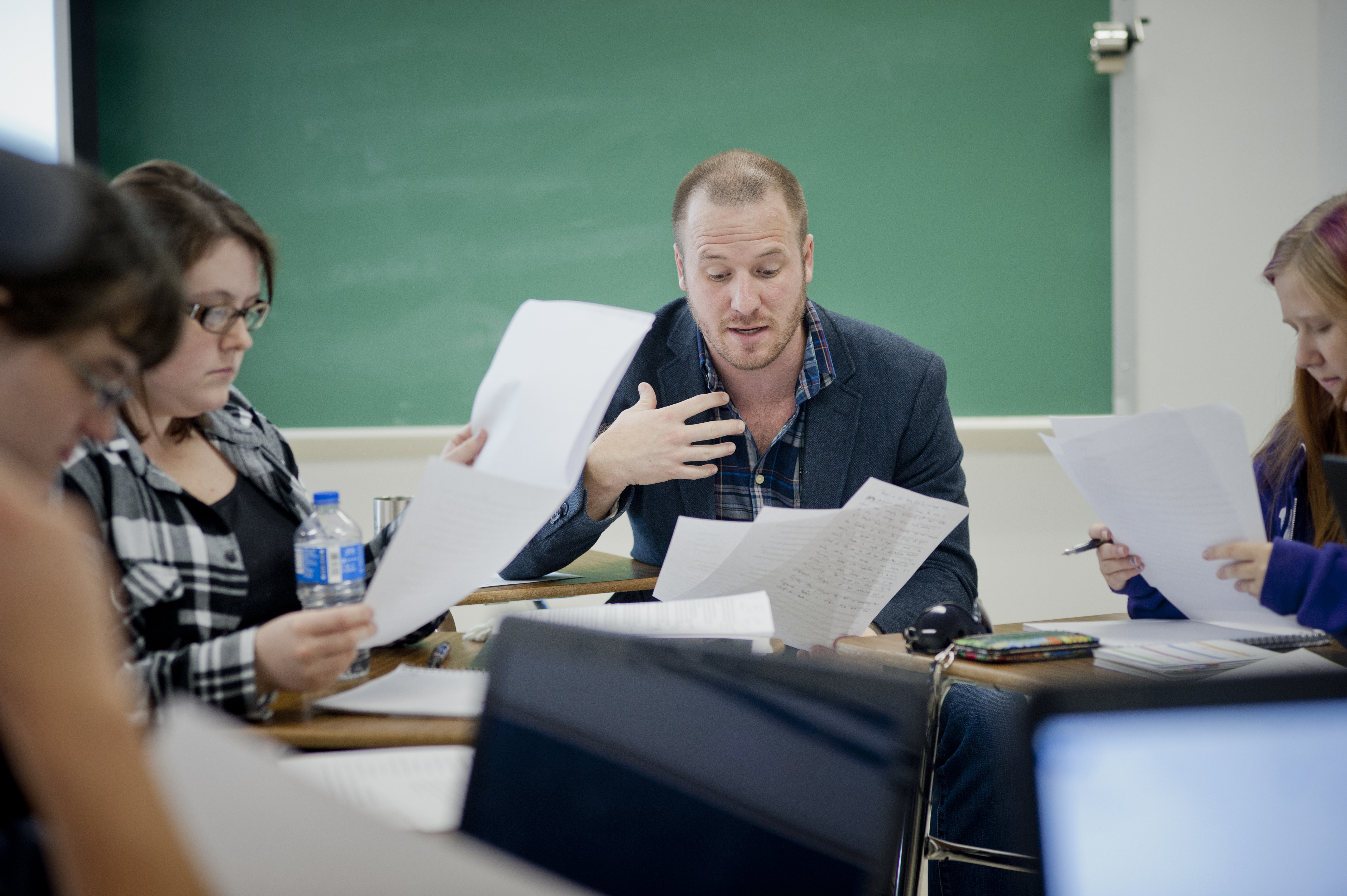91�ȱ��� faculty member receives $9,000 to conduct autism training workshops across NC
By Matt Salerno

Malinda Pennington
As an undergraduate student at North Carolina State University finishing her psychology degree, Malinda Pennington, assistant professor in the Special Education and Inclusive Learning program at Western Carolina University, needed an internship to fulfill the requirement for an abnormal psychology course.
Unexpectedly, her internship placed her in a classroom dedicated to supporting students on the autism spectrum.
“A class of children with autism was a brand-new thing at the time,” Pennington said. “Before that, they were often treated in mental hospitals. It's stunning that in my short career it has gone from being considered a mental disorder to just a characteristic of a student.”
That experience ended up shaping the rest of Pennington’s career where she has worked in public schools as a special education teacher, helped start the Minnesota Autism Network, and offered training and support to schools nationwide and internationally.
Unfortunately, a lot of teaching programs don’t prepare teachers to assist students with autism, a neuro-developmental disorder that affects one in every 31 students. Even special education programs typically only touch on it during a single course.
Pennington has facilitated workshops for educators on how to best meet the needs of students with autism throughout her career, something that she has refined over time.
Most recently, Pennington received $9,000 from the Community Foundation of Western North Carolina. These grants have funded training workshops for teachers in Alexander, Ashe, Burke, Caldwell and Catawba counties that started this past summer. Between the two grants, Pennington has already trained over 250 people and is making materials for another 160.
Every workshop starts the same way, with Pennington putting teachers in the shoes of a student with autism. Pennington will write a sentence on the board in a foreign language, like Finnish, and ask the teachers to tell her what it means. Then she will add a picture to go along with each word, and some teachers are able to guess the meaning. She will then translate the entire sentence into English, simulating how the brains of children with autism translate words to visuals on a regular basis.
“When they read the visual center of the brain lights up, not the language center,” Pennington said. “Even if they're born in the United States, it's like a second language. They're translating. So, if you can supplement key concepts with a picture that's going to help.”
Pennington will then instruct teachers on how to deal with certain behaviors and how to adapt their curriculum to better fit students with autism. The highlight of each workshop is when participants create what Pennington has dubbed a “survival kit.”
Pennington brings the supplies for the workshop attendees to create communication boards, a token board, a stress ball and a calm down routine that includes a count-down timer. They walk away with tools that will empower them to meet the various learning and behavioral needs of students with autism.
“I also try to point out to them things like ‘Who else in the room could benefit from this strategy?’” she said. “Teachers will respond with answers like “Oh, a kid with ADHD, a kid with a behavior disorder, a kid who doesn't speak English.”
She has already received a flood of positive feedback from the workshops. Recently, a teacher that had taken a workshop with Pennington five years ago told her, “I still have my survival kit and I use it all the time.”
“It's just so affirming to see teachers so grateful to get the help,” Pennington said. “You just know that that's got to be translating to some child somewhere getting an improved experience.”

